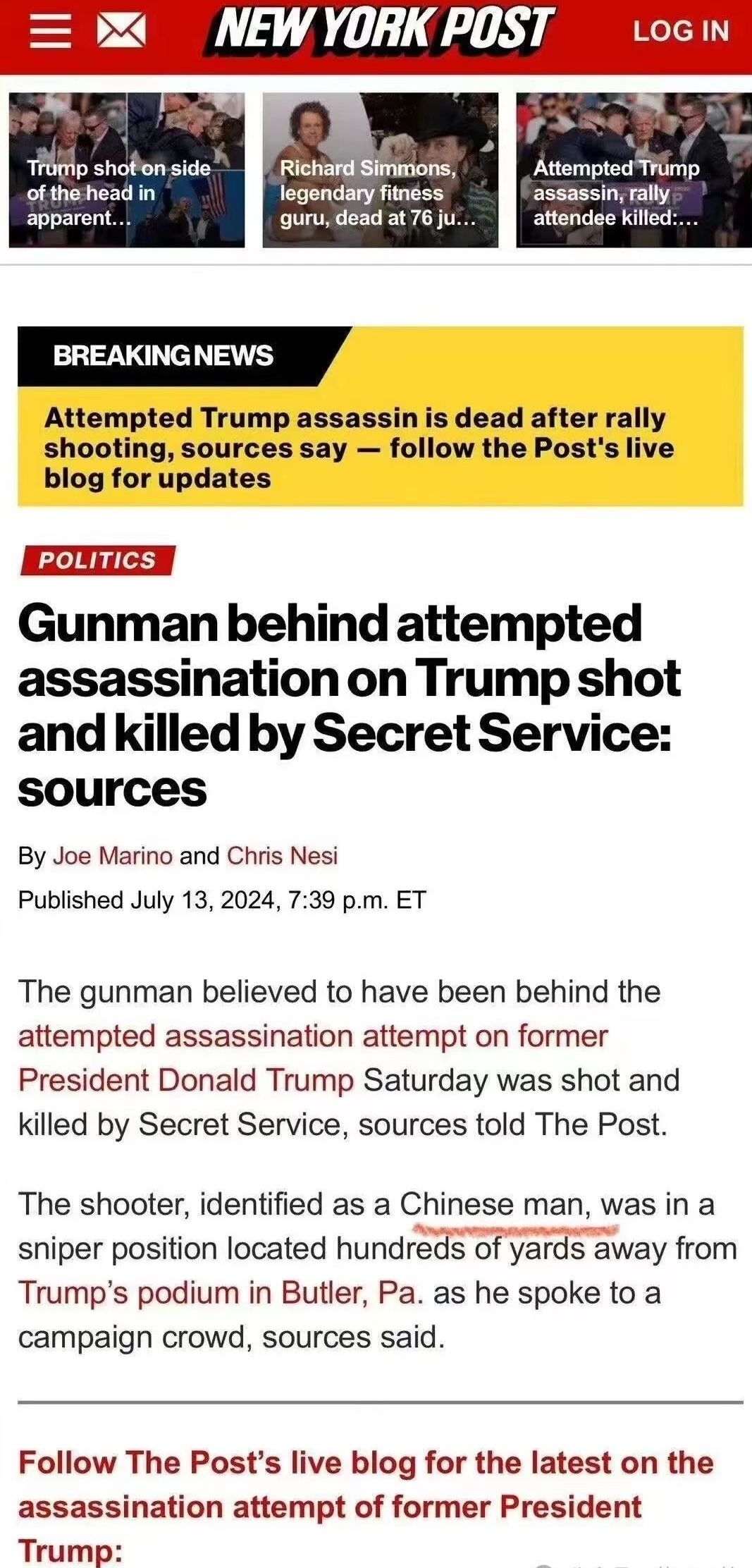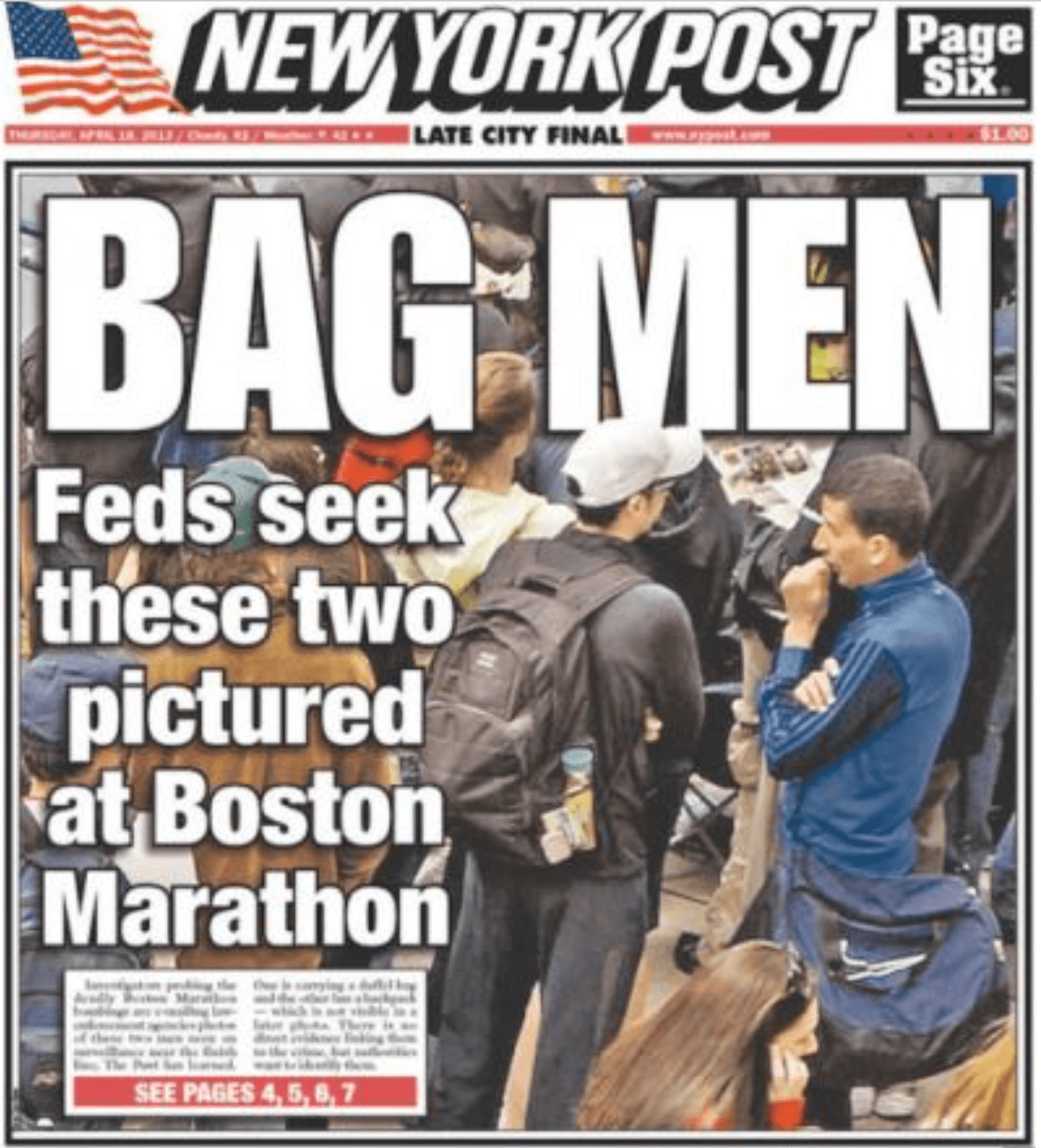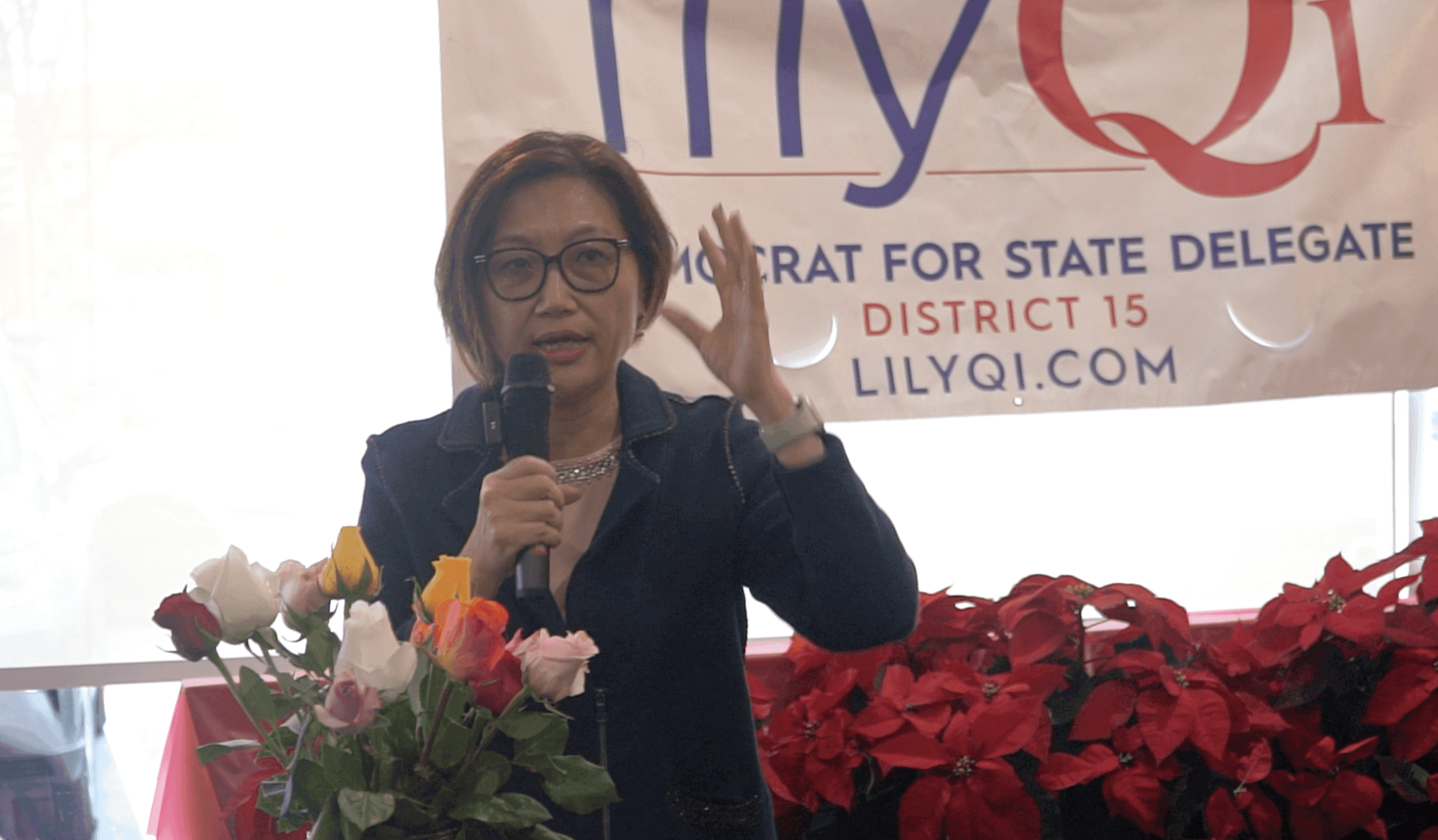Chinese Americans Criticize New York Post for Erroneously Identifying Assassination Suspect as "Chinese Man"


WASHINGTON – Seven hours before the FBI’s identification, the New York Post, a conservative daily tabloid newspaper owned by Rupert Murdoch's News Corp, reported that the subject involved in the assassination attempt on former President Donald Trump was a “Chinese man.” The FBI later identified the suspect as Thomas Matthew Crooks, 20, of Bethel Park, Pennsylvania.
Although the New York Post corrected the article to identify the suspect as a “white male” an hour later, the misinformation had already spread widely on social media. The Chinese American community expressed anger over the mistake, stating that it negatively impacted their image and potentially fueled another wave of anti-Asian sentiment. Many Chinese Americans are calling for an apology from the New York Post.
Jian Xie, a Chinese American and the Secretary of the United Chinese Americans, expressed her anger on social media over the New York Post’s misinformation, saying that she even felt like cursing.
She learned about it through a group chat discussion with organizers and volunteers for the United Chinese Americans, who recently held a national convention advocating for equal civil rights for the Chinese American community.
"It perpetuates stereotypes and fuels discrimination," said Xie, who is also the President of the Asian Culture and Education Society USA.
Nearly an hour after the story was first published, Queenie Ho, a Chinese community activist in New York City, grabbed her cellphone to call Joe Marino, one of the article's authors at the New York Post. Ho had met Marino at a previous protest and had his contact information.
According to a recording that Ho shared with Yuan Media, she told Marino that the Chinese American community was “very scared” and asked about the source of the misidentification of the shooter as a Chinese man. “Someone made it to the feed,” Marino replied, agreeing to correct it immediately.
Within minutes of Ho’s call, the article was updated to identify the gunman as a “white male.” Marino then texted Ho, saying, “It was a brief momentary error in an online story that no one has picked up on.” Ho noted that Marino didn’t apologize and asked her not to give out his phone number.
Xie said that even though the New York Post later corrected the error, the negative impact remained because some readers might not see the updated information and could develop negative perceptions of Chinese Americans.
“The misinformation is very harmful to the Chinese community. Also, personally, I feel hurt. This information could cause other people to have anger against the Chinese community and take violent action against us,” said Yonggen Mao, 58, a Chinese American computer scientist.
Michael Conway, a retired lawyer and an adjunct lecturer teaching ethics and laws at Medill Journalism School of Northwestern University, said that identifying a crime suspect solely by their ethnicity was "a fundamental mistake," especially when the crime was not racially motivated and the suspect's ethnicity was irrelevant to the story. Not to mention, in this case, the suspect's actual ethnicity is not Chinese American at all.
Many Chinese Americans said that the New York Post should issue a formal apology to all Chinese Americans and pledge to prevent such mistakes in the future. Some even shared contact details for the New York Post's editorial team, urging community members to call the newsroom and demand an apology either by phone or email.
"Their apology should be public and heartfelt, recognizing the harm caused by their inaccurate reporting," said Xie.
In the last 24 hours, Yuan Media has twice contacted the article's reporters, Joe Marino and Chris Nesi, asking them for the source of the initial identification of the suspect as a “Chinese man” and for the New York Post editorial team’s response to the anger from the Chinese American community. However, we have yet to receive any replies.
This wasn't the first instance of the New York Post publishing incorrect information through news reporting, which has harmed innocent people before.
Back in 2013, the New York Post ran a cover featuring a photo of two men near the site of the Boston Marathon bombing, accompanied by the headline, “Bag Men: Feds seek these two pictured at Boston Marathon.” The article inside claimed that investigators were circulating the photos to identify the individuals.

Shortly after the Post published the cover, it became evident that the men pictured were not suspects in the attacks. Subsequently, the two men in the photo filed a defamation lawsuit against the New York Post and reached a settlement under undisclosed terms.
The New York Post's hasty judgment and repeated errors in reporting breaking news show "their inability to maintain strong ethical standards about what they publish," said Conway, who represented journalists and media organizations such as Dow Jones & Company, Inc., The New York Times, ABC, Chicago Tribune, and N.Y. Daily News during his legal career.
According to Conway, the New York Post wouldn’t have any legal liability for its erroneous reporting, but it should issue a correction explaining why the mistake was made “at the minimum”.
First published at 1:45 am on July 15
Updated at 3:45 pm on July 15 to include information about Queenie Ho contacting the NY Post reporter to request a correction.

 Pingping Yin
Pingping Yin Ethan Mao
Ethan Mao



